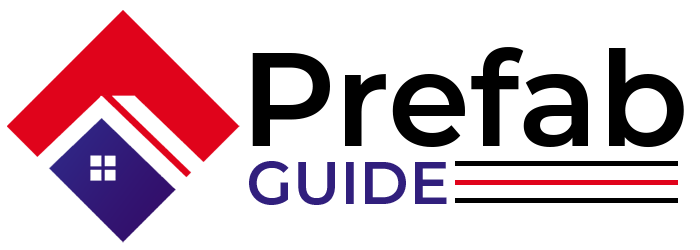Benefits of Prefabrication
PEB Benefits
Prefabrication offers numerous advantages over traditional on-site construction methods. Understanding these benefits is essential for stakeholders in the construction industry to make informed decisions and leverage the potential of prefabricated building techniques. Here are the key benefits of prefabrication
Cost Savings
Prefabrication can lead to significant cost savings throughout the construction process. By shifting construction activities to a controlled factory environment, labor costs are reduced, as workers can operate more efficiently and productively. Additionally, prefabrication minimizes material waste, as components are manufactured to precise specifications, resulting in optimized material usage and reduced scrap. Cost savings are also achieved through faster project completion times, as off-site fabrication allows for concurrent work streams, shorter construction schedules, and reduced financing costs.
Time Efficiency
Prefabrication accelerates construction timelines by streamlining the building process and reducing on-site work. Off-site fabrication of building components can occur simultaneously with on-site site preparation and foundation work, resulting in faster project delivery. Prefabricated components are manufactured under controlled conditions, free from weather delays and other on-site disruptions, ensuring consistent progress and on-time project completion. This time efficiency is particularly beneficial for projects with tight schedules or fast-track delivery requirements.
Quality Control
Prefabrication enhances quality control by standardizing construction processes and ensuring consistency in building components. Components are manufactured in a factory-controlled environment using advanced machinery and quality assurance protocols, resulting in higher precision, accuracy, and craftsmanship compared to on-site construction. Quality control measures such as rigorous inspections and testing are implemented throughout the manufacturing process to verify compliance with design specifications and regulatory requirements. The result is buildings that meet or exceed quality standards, with fewer defects, errors, and rework.
Sustainability Advantages
Prefabrication offers sustainability advantages that contribute to environmental conservation and resource efficiency. Off-site fabrication reduces construction waste by minimizing material overages, cut-offs, and site-generated debris. Additionally, prefabricated components can be designed for optimal energy performance, incorporating insulation, air sealing, and other energy-efficient features to reduce operational energy consumption and greenhouse gas emissions. Prefabrication also promotes the use of sustainable materials, such as recycled steel and timber, and facilitates resource conservation through efficient material management and recycling practices.
Project Outcomes
By harnessing the benefits of prefabrication, stakeholders in the construction industry can realize cost savings, time efficiency, improved quality control, and sustainability advantages, leading to better-built projects and enhanced overall project outcomes.
